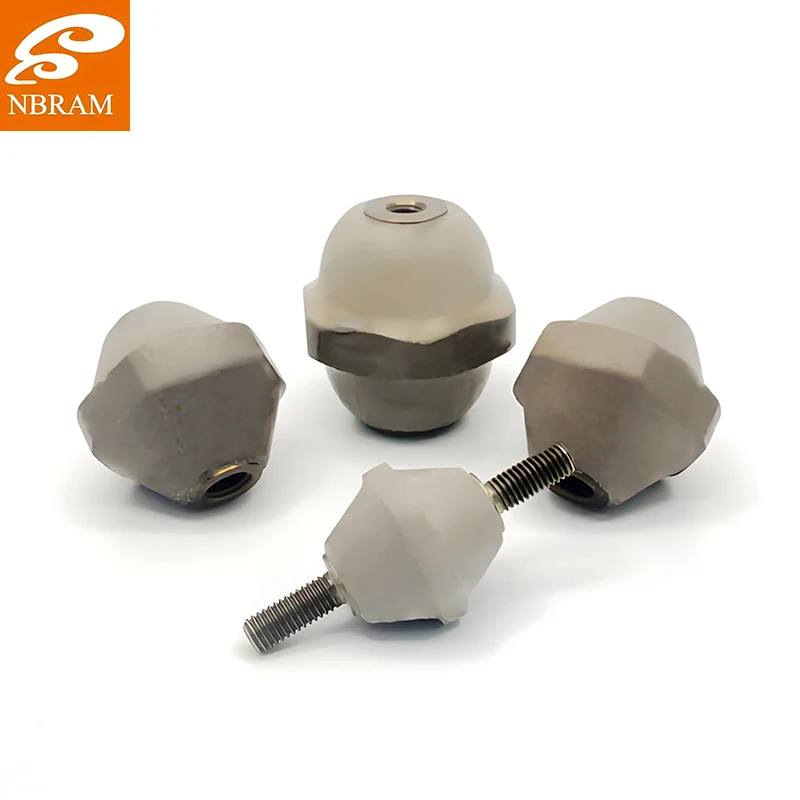I'll never forget helping that data center in Shanghai during their summer peak load crisis - their server racks were overheating because the cheap polymer insulators were breaking down at 85°C. We emergency-shipped NBRAM's Mica Insulator panels and within 48 hours, their temperature alarms stopped. The facility manager told me they gained 23% more cooling efficiency because the mica actually helped dissipate heat while providing perfect insulation. That's the thing about mica - it's been the gold standard for electrical insulation for over a century because it simply works better than anything synthetic. If you're tired of insulation materials that compromise on temperature rating or dielectric strength, it's time to source genuine Mica Insulator that delivers reliable performance when it matters most.
You know, after thirty years in electrical engineering, I've seen insulation materials come and go - from early bakelite to modern polymers and ceramics. But through it all, Mica Insulator has remained the reliable workhorse that never lets you down. There's something about natural mica's combination of electrical properties, thermal stability, and mechanical strength that synthetic materials still can't replicate. I've used mica insulators in everything from vintage tube radios to cutting-edge semiconductor equipment, and they perform flawlessly across an incredible range of conditions. It's one of those rare materials that's both ancient and cutting-edge at the same time - proven over centuries yet still essential in modern technology.
Last year, we worked with a steel mill that was having arc furnace insulation failures every three months. The extreme thermal cycling from ambient to 1600°C was destroying conventional ceramic insulators. Switching to NBRAM's Mica Insulator changed everything - not only did they eliminate unplanned downtime, but the maintenance supervisor calculated they saved over $200,000 in replacement costs and lost production in the first year alone. The natural crystalline structure of mica provides exceptional thermal shock resistance that synthetic materials simply can't match. These insulators have become essential for high-temperature applications like industrial heating elements, furnace construction, power generation equipment, and any situation where reliability under extreme thermal conditions is non-negotiable.
Here's why mica remains the insulation material of choice for critical applications: dielectric strength of 18-28 kV/mm depending on grade and thickness, with insulation resistance consistently above 10^14 Ω•cm. Operating temperature range from -270°C to 1000°C continuous, with thermal shock resistance that allows rapid cycling between extremes without cracking. The Mica Insulator achieves thermal conductivity of 0.5-0.7 W/m•K - low enough for excellent insulation but sufficient to prevent heat buildup. Available in thicknesses from 0.1mm to 25mm, with various natural mica grades including muscovite and phlogopite optimized for different temperature ranges and electrical requirements. Moisture absorption below 0.5% ensures stable performance even in humid environments.
During my last tour of NBRAM's mica processing facility, what struck me was their meticulous grading process. They don't just buy bulk mica - each shipment undergoes spectroscopic analysis to verify mineral purity and crystalline structure. I watched them reject an entire container from Madagascar because the iron content was 0.3% instead of the required 0.1% - that level of purity control is why their Mica Insulator maintains consistent dielectric strength batch after batch. Their splitting process uses diamond-coated blades to separate mica sheets along natural cleavage planes, preserving the crystalline structure that gives mica its unique electrical properties. Most manufacturers use chemical or thermal processes that damage the crystal lattice, but NBRAM's mechanical methods maintain the natural integrity that makes mica outperform synthetic alternatives.
